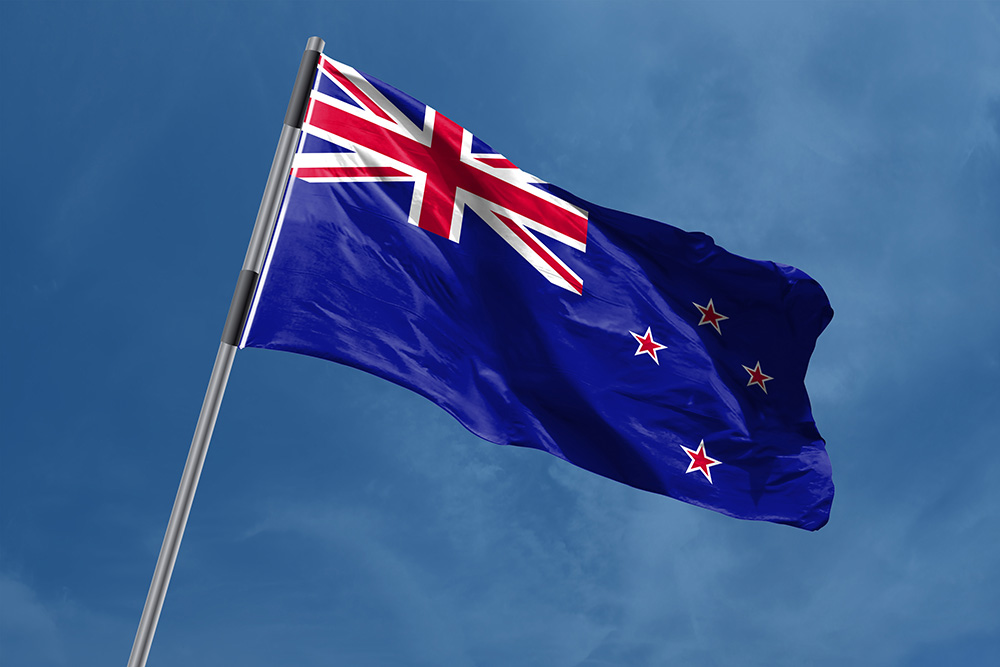Waitangi Day is a significant national holiday in New Zealand, commemorated annually on the 6th of February. It holds immense historical and cultural importance for the country and its people. This article provides a comprehensive overview of Waitangi Day, exploring its origins and evolution, as well as its significance in New Zealand’s history.

The Origins of Waitangi Day: A Historical Perspective
Waitangi Day traces its roots back to the signing of the Treaty of Waitangi on February 6, 1840. The treaty, signed between the indigenous Māori chiefs and the British Crown, established New Zealand as a British colony. It aimed to bring peace and harmony between the Māori and the European settlers by recognizing the rights and privileges of both parties. The treaty guaranteed Māori ownership of their lands and gave the Māori people the same rights as British subjects.
However, the interpretation and implementation of the treaty were not without controversy. Different understandings of its terms and breaches of agreements led to conflicts between the Māori and the British settlers. The disputes over land ownership and the treatment of the Māori people continued for many years, resulting in grievances and ongoing negotiations. The significance of Waitangi Day lies in revisiting and reflecting upon this historical agreement and its consequences.
Evolution and Significance of Waitangi Day in New Zealand’s History
Waitangi Day initially gained recognition in 1932 when it was declared a national holiday. However, it was not until 1974 that the holiday was officially recognized as a public holiday nationwide. Since then, it has become an occasion for both celebration and reflection. Today, Waitangi Day is an opportunity for New Zealanders to honor the country’s unique cultural heritage, acknowledge past injustices, and work towards building stronger relationships between different communities.
The significance of Waitangi Day has evolved over time. It has become a platform for discussions on the rights of indigenous communities, the impact of colonization, and the journey towards reconciliation. The Treaty Grounds at Waitangi in the Bay of Islands have become a focal point for the annual celebrations, attracting visitors from all over the country and the world. The day is marked by various events, including cultural performances, speeches by dignitaries, and the raising of both the Māori flag and the national flag.
How Waitangi Day is typically celebrated in New Zealand:
- Waitangi Day Commemorations at Waitangi:
The main focus of the celebrations takes place at Waitangi, in the Bay of Islands, where the Treaty was signed. There are official ceremonies, speeches, cultural performances, and a reenactment of the treaty signing. The day often starts with a dawn service, which is open to the public. - Local Celebrations:
Waitangi Day is celebrated throughout the country, and most towns and cities have their own events. These can include cultural festivals, parades, traditional Māori ceremonies, concerts, and exhibitions. Local communities often come together to celebrate the day. - Māori Cultural Activities:
Waitangi Day provides an opportunity to experience Māori culture. Many celebrations feature traditional Māori music, dance (kapa haka), art, and food. Visitors can learn about the customs and history of the Māori people. - Sports and Outdoor Activities:
In some areas, sports competitions and outdoor activities are organized. These might include waka (canoe) races, tug-of-war competitions, and traditional Māori games. Many people take advantage of the summer weather to enjoy outdoor activities. - Hangi Feasts:
A hangi is a traditional Māori method of cooking food in an earth oven. On Waitangi Day, you may find events where hangi feasts are prepared and served. It’s a unique opportunity to taste traditional Māori cuisine. - Cultural Workshops and Displays:
Museums, cultural centers, and marae (Māori meeting grounds) often host educational workshops and displays about New Zealand’s history and the Treaty of Waitangi. - Civic Ceremonies:
In some places, civic ceremonies are held, including the raising of the New Zealand flag and the singing of the national anthem. These events are often attended by local officials and dignitaries. - Community Engagement:
Waitangi Day is also a time for communities to come together and discuss issues related to the Treaty, Māori rights, and New Zealand’s cultural identity. Public discussions, debates, and seminars may be held. - Art and Craft Markets:
Arts and crafts markets are a common feature of Waitangi Day celebrations. These markets showcase local talent and often include handmade crafts, clothing, and artwork. - Family Gatherings:
Many families use Waitangi Day as an opportunity for a picnic, BBQ, or a day out exploring the natural beauty of New Zealand’s landscapes.
Waitangi Day, with its historical importance and cultural significance, holds a special place in New Zealand’s calendar. It serves as a reminder of the nation’s diverse heritage and the ongoing process of reconciliation. While Waitangi Day celebrates the achievements and progress made, it also prompts reflection on the challenges that lie ahead. By embracing the spirit of the treaty and fostering unity, New Zealand continues to strive towards a future of harmony and shared understanding.
